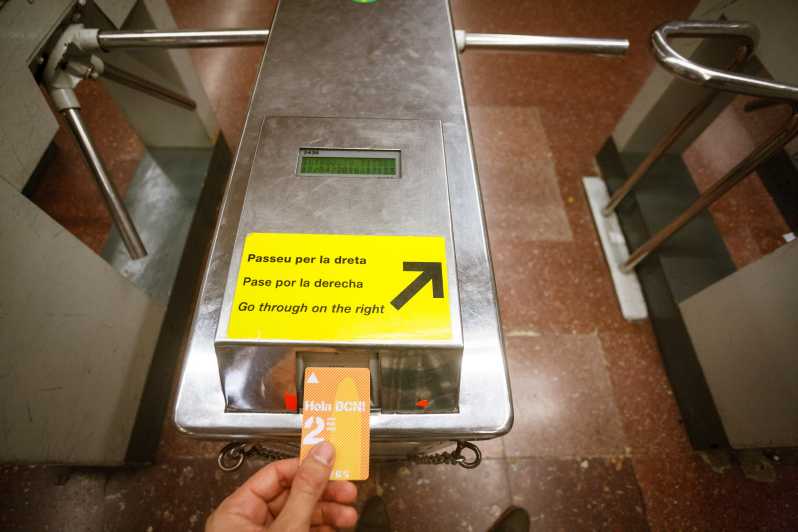Some ideas in play design never go out of style: simple inputs, escalating stakes, and a protagonist whose plight can be understood at a glance. That’s the essence of a chicken sprinting between headlights, dodging bumpers and bus grilles, pausing in that heartbeat of calm before the next lane. The charm of a well-crafted chicken road game lies in that split-second negotiation with fate: do you dash now, or wait for a gap that may never come?
The Enduring Appeal of a Simple Premise
Why does a chicken road game keep resurfacing in arcades, mobiles, and browser windows? It’s the purity of the loop. With minimal instructions, players feel the tug of risk and reward: the longer you survive, the greater the payoff, and the more you believe that perfect timing can cheat chaos. The premise scales beautifully—more lanes, new hazards, unexpected detours—while keeping the core readable in a single screenshot. It’s an instantly teachable idea, and that’s invaluable in a world of fragmented attention.
Timing, Flow, and Micro-Failures
Lane-based traversal creates a musical pattern: advance, wait, sidestep, sprint. Each mistake is a fraction off the beat. Great designers refine this tempo so that every near-miss feels earned. When a player inches forward and narrowly survives, the game has delivered both fear and delight in one breath. That dynamic is why a chicken road game can support hours of replay; the content isn’t just levels or skins, it’s the player’s evolving rhythm.
Humor and Stakes
There’s a built-in comedic absurdity to a chicken braving multilane traffic, but the humor never fully eclipses the stakes. Comedy is the spoonful of sugar; mortality is the medicine. The juxtaposition keeps the experience buoyant without lowering the tension. A stray honk at the wrong moment, a puddle that slows your sprint, a delivery scooter emerging from off-screen—all of it conspires to make survival feel like a witty retort to the universe.
Designing a Better Crossover
Refining the formula means investing in clarity and friction. Visibility must be generous: silhouettes readable at a glance, speed differentials telegraphed with sound and shadow, collision boxes fair. Friction, meanwhile, is the art of introducing minor complications—wind that nudges, road paint that’s slick after rain, construction zones that redirect traffic. One delightful example of playful reinvention is the chicken road game that bends expectations through environmental mischief and clever pacing.
Controls That Reward Nerve
Tap to step, press to dash, hold to look—there’s a reason minimalism wins here. Inputs should encourage nervy commitment: once you spring, you’re owning the choice. Adding a “peek” mechanic can honor patient players without making perfection trivial. When the input language is reliable and compact, mastery feels like self-improvement rather than memorization.
Level Design as Music
Think of lanes as instruments and vehicles as notes. Staggered speeds craft polyrhythms; buses become basslines, scooters add syncopation, and pedestrians with rolling luggage become off-beat hi-hats that threaten to clip your stride. Smart level design choreographs these elements so that the player dances through danger, learning to read the score in motion. A good chicken road game lets you improvise without losing the beat.
Micro-Narratives in Motion
Even without dialogue, micro-stories emerge. A lane of ambulances implies urgency; a parade of convertibles hints at weekend mood; a convoy of utility trucks suggests a storm’s aftermath. By swapping vehicle palettes and environmental props, the game sketches a city or country that feels alive. Detours—food trucks blocking a lane, a film crew redirecting traffic—nudge the player into small, memorable problem-solving episodes, each one a tiny punchline to the eternal “Why did the chicken cross the road?” setup.
Economy, Rewards, and Repeat Visits
Cosmetics that change silhouettes without confusing readability keep the experience fresh. Seasonal events can rotate hazards—fallen leaves that hide potholes in autumn, snowdrifts that muffle footfalls in winter. A light progression track encourages daily returns without pay-to-win pressure. The satisfaction isn’t in stat boosts; it’s in the expanding gallery of “I can’t believe I made that cross” moments.
Accessibility Without Dilution
Colorblind-friendly signals, vibration cues tied to oncoming threats, and audio lanes that pan left-right help more people enjoy the dance. Optional assist modes can slow traffic or mark safe spaces, but the best variants preserve the core tempo. Accessibility doesn’t need to flatten the experience; it can clarify it, giving more players the same pulse-quickening drama.
Cultural Echoes and Modern Relevance
The chicken crossing is a joke as old as sidewalks, a riddle wrapped in feathers. But contemporary versions can layer subtle commentary: gig economy scooters slicing through gaps, delivery drones casting jittery shadows, autonomous cars hesitating at crosswalks like indecisive chess AIs. The familiar setup becomes a modern parable, and a chicken road game turns into a playful mirror for our traffic-tangled lives.
Beyond the Gag: Lasting Value
Stripped of nostalgia, the form remains elegant because it teaches courage calibrated by patience. Every successful crossing is an argument for attention over impulse, observation over panic. When the final tally appears and your wobbly legs step off the curb, you’ve rewritten chaos into choreography. That, more than feathers and fenders, is why the best chicken road game endures: it lets us practice the art of choosing a moment and moving with conviction.


